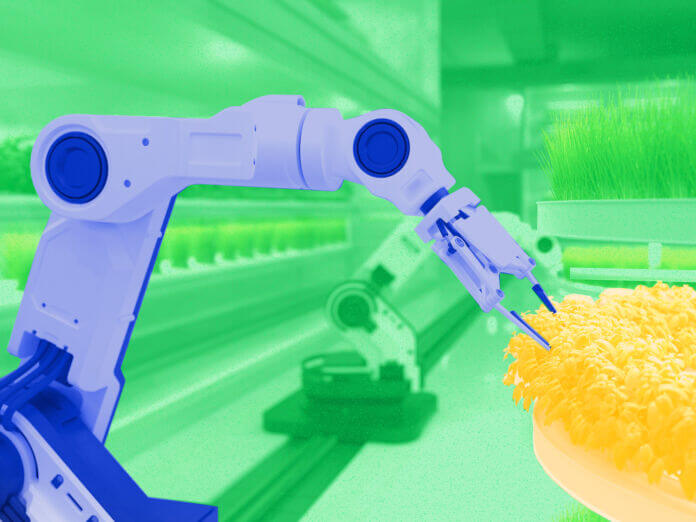
In an era where global organizations are fervently pursuing sustainable innovation to curtail environmental pollutants, manufacturers stand at the crossroads of transformative change. A recent Gartner survey revealed that 87 percent of business leaders expect to increase their organization’s investment in sustainability over the next two years.
This transformation requires more than just incremental adjustments. It demands a paradigm shift in business models, a reimagining of employee roles, a cultural evolution, and an unwavering commitment to fostering innovation on the basis of sustainable evolution. However, the challenge persists as the industrial sector clings to outdated analog methods for environmental monitoring, hindering comprehensive data gathering and decision-making.
The Dilemma of Legacy Practices
Deep-rooted reliance on traditional monitoring methods in manufacturing pose a significant obstacle to gaining insights on the shop floor. Outdated approaches limit the scope of data collection and overall visibility, leading to decision-making based on an incomplete data picture resulting in operational inefficiencies. According to a recent article, published by Garnter, VP Analyst, Stefan Van Der Zijden, many organizations’ legacy systems are seen as limiters to the business initiatives and processes that rely on them. Adding that when a tipping point is reached, application leaders will need to look to application modernization to help remove the obstacles.
To enhance efficiency and foster innovation, manufacturers must proactively recognize the limitations imposed by conventional monitoring methods. Embracing modern and advanced technologies for environmental monitoring, such as IIoT (Industrial Internet of Things) sensors, satellite imaging, and data analytics, is paramount to overcoming these limitations. By doing so, companies can break free from the constraints of outdated methodologies and usher in an era of data-driven decision-making.
Making the Necessary Change
Manufacturers need to look at adopting a holistic view of their operations. Going beyond conventional methods, IIoT solutions, such as sensors, facilitate real-time asset monitoring and alerts. This approach has the capability to not only revolutionize operational efficiency but also minimize resource consumption, curb electronic waste, and enhance energy efficiency across the spectrum of connected devices.
A successful transition to a more sustainable future requires deliberate and efficient steps. This is not merely a technology upgrade; it’s a strategic initiative that ensures business continuity and unlocks new levels of productivity. The integration of IIoT should be strategically embedded into business models to create processes that align with sustainable practices.
The human element is pivotal in this transformation. Investing in comprehensive employee training programs and fostering a culture that values sustainability, innovation, and efficiency are crucial components. This entails not only acquiring technical skills but instilling a mindset that embraces change and champions environmental responsibility. Collaborative efforts with startups, research institutions, and industry partners can all foster the development of cutting-edge solutions that propel manufacturing into the future of sustainable production.
Innovation for a Sustainable Tomorrow
The shift towards modern environmental monitoring not only ensures a more comprehensive understanding of industrial processes but also paves the way for predictive analytics and proactive intervention. The integration of cutting-edge technologies empowers manufacturing entities to anticipate potential issues, optimize resource utilization, and streamline their operations for maximum efficiency.
The journey from using legacy tools to adopting modern technology solutions is both challenging and rewarding. Embracing a holistic IIoT solution is not just a technological upgrade. It’s a strategic shift that holds the potential to redefine manufacturing practices, reduce environmental impact, and position organizations as leaders in the era of sustainable production. Through calculated and efficient steps, manufacturers can navigate this transition, ensuring a future where environmental responsibility and industrial efficiency go hand in hand.
- SEO Powered Content & PR Distribution. Get Amplified Today.
- PlatoData.Network Vertical Generative Ai. Empower Yourself. Access Here.
- PlatoAiStream. Web3 Intelligence. Knowledge Amplified. Access Here.
- PlatoESG. Carbon, CleanTech, Energy, Environment, Solar, Waste Management. Access Here.
- PlatoHealth. Biotech and Clinical Trials Intelligence. Access Here.
- Source: https://www.iotforall.com/iiot-solutions-will-help-accelerate-sustainable-manufacturing



